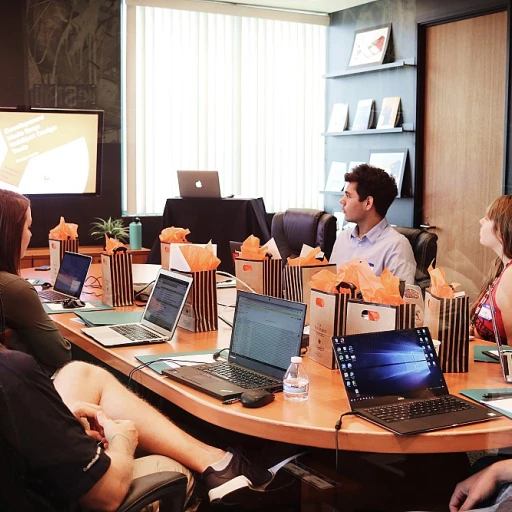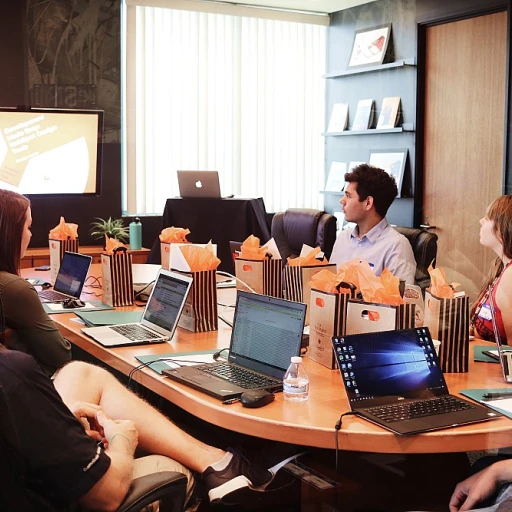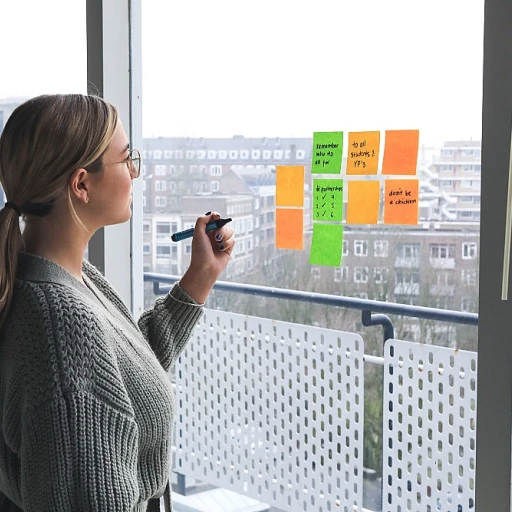Understanding the Future Workforce Landscape
Adapting to a Rapidly Changing Workforce
The future workforce landscape is evolving at an unprecedented pace, driven by technological advancements and shifting business needs. As companies seek to remain competitive, there is a growing emphasis on skill development and employee training to keep up with these changes. To navigate this dynamic environment, organizations must focus on understanding the emerging trends and equipping their workforce with the necessary skills for future success.
Data analytics and artificial intelligence are transforming how businesses operate, providing invaluable insights into essential skills that employees need to develop. Training programs have shifted their approach, incorporating digital learning and advanced technologies to create more effective and comprehensive training solutions. By leveraging these tools, companies can improve employee performance through targeted skills training and development.
Anticipating Workforce Needs
Anticipating the skills required in the future workforce is crucial for both employers and employees. Leadership development and decision-making capabilities are increasingly prioritized as organizations look to build agile teams that can adapt to new challenges. Employees, in turn, must embrace a mindset of lifelong learning and continually acquire new knowledge to stay relevant.
Leadership plays a pivotal role in steering organizations through this period of transformation. By fostering a culture of continuous learning and prioritizing leadership development, businesses can empower their teams to embrace cutting-edge practices and enhance problem-solving abilities. This proactive approach to learning development not only boosts employee performance but also contributes to long-term business success.
The Role of Technology in Skill Development
The Intersection of Technology and Skill Growth
In today's rapidly evolving business environment, technology is playing a pivotal role in reshaping the landscape of skill development. Organizations are leveraging cutting-edge technologies to enhance the effectiveness of training programs and foster a culture of continuous learning and development among their employees. With the availability of immense datasets and advanced analytics, companies gain valuable insights into the current trends and future demands in the workforce.
Technology-driven platforms facilitate a more personalized and adaptive approach to learning. Digital learning ecosystems help in crafting customized learning paths tailored to the unique needs of individual employees. This approach ensures that employees are equipped with the knowledge and skills necessary to excel in their current roles and prepare for future opportunities. In essence, technology acts as a bridge, connecting team members to the knowledge and expertise they require to thrive in an ever-changing job market.
Moreover, these digital platforms support collaborative learning by offering interactive features that encourage teamwork and peer-to-peer learning. Employees are empowered to share their experiences and expertise, fostering a vibrant learning community. Such environments promote leadership development and improve problem-solving abilities, enabling teams to function more effectively and develop innovative solutions.
The integration of artificial intelligence and machine learning also plays a significant role by offering intelligent recommendations that facilitate targeted training development. This assists in closing skill gaps and aligning employee development strategies with organizational goals. Businesses that embrace these technologies can achieve improved employee performance and maintain a competitive edge by adopting best practices in skill acquisition and knowledge retention.
Personalized Learning Paths
Personalized Pathways to Skill Mastery
In today's rapidly evolving job market, employees face the challenge of staying ahead in their fields. As businesses gear towards the future, personalized learning paths have become essential to address diverse training needs and support individualized skill development. Unlike traditional training programs, personalized learning leverages cutting-edge technology and data insights to tailor educational experiences based on individual employee needs and career goals. This approach not only enhances an employee's performance but also promotes knowledge retention by focusing on relevant skills and interests. When combined with digital learning tools, personalized pathways facilitate a more comprehensive training experience, adaptable to fluctuating market trends. Utilizing real-time data and intelligence, organizations can create tailored learning experiences that align with their overarching business objectives. Employees can complete skill assessments, identify competency gaps, and take advantage of customized development opportunities at their own pace. Whether it's through online courses, interactive simulations, or virtual workshops, the goal is to create an engaging and efficient learning environment for continuous skill acquisition. Empowering employees with personalized learning paths nurtures intrinsic motivation and supports lifelong learning. It simultaneously addresses specific skill sets such as problem-solving, decision-making, and leadership development, cultivating a future-ready workforce. By focusing on individual strengths and areas for improvement, companies foster a culture of innovation and agile thinking that aligns with the latest trends in training development. In the context of innovative methods for evaluating learning, businesses can also harness feedback systems to continuously refine their personalized training strategies. As technology advances, the integration of adaptive learning models will further facilitate the journey towards skill mastery, ensuring that both employees and teams excel in the future landscape of work.Collaborative and Peer Learning
Fostering Learning Communities for Skill Enhancement
In the rapidly evolving world of work, the significance of collective intelligence and the sharing of insights has become paramount. Collaborative and peer learning environments offer employees a chance to engage in a dynamic exchange of ideas and solutions, paving the way for comprehensive training and development strategies. This approach not only enhances digital learning experiences but also encourages stronger knowledge retention and application.
Businesses looking to harness these collaborative techniques must focus on several best practices to optimize employee performance and skills training efforts:
- Creating Collaborative Learning Spaces: Modern technologies, such as cloud-based platforms, allow teams to exchange resources and ideas seamlessly. These digital spaces foster a culture of collective problem solving and innovative thinking.
- Diversity in Training Programs: Offering varied training courses, including leadership development and skills development, can provide employees with a comprehensive view of industry trends, sharpening their decision making capabilities.
- Peer-to-Peer Knowledge Exchange: Encouraging peer learning through mentoring or coaching can enhance employee training by allowing individuals to learn from colleagues who have specific expertise or insights, leading to improved employee development and performance.
Moreover, the integration of data-driven learning paths tailored to individual skill sets promotes a more personalized approach to leadership development and skills enhancement. By utilizing employee feedback and performance metrics, companies can refine their training development programs, ensuring relevance and efficiency in skill acquisition. This emphasis on learning development is critical in adapting to future trends and maintaining a competitive edge in the marketplace.





